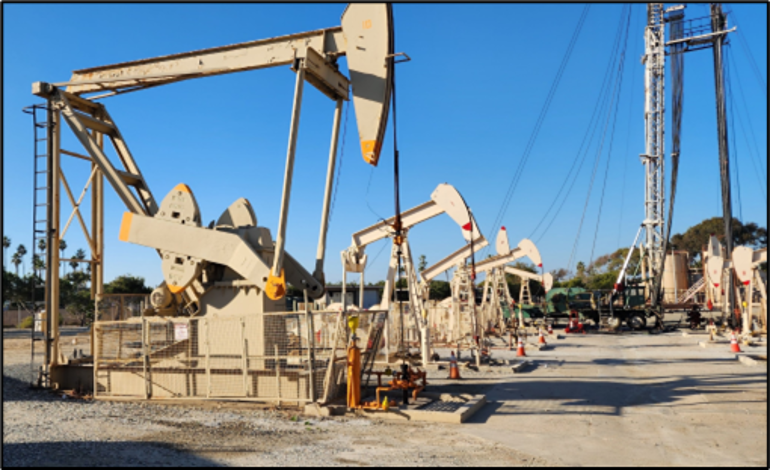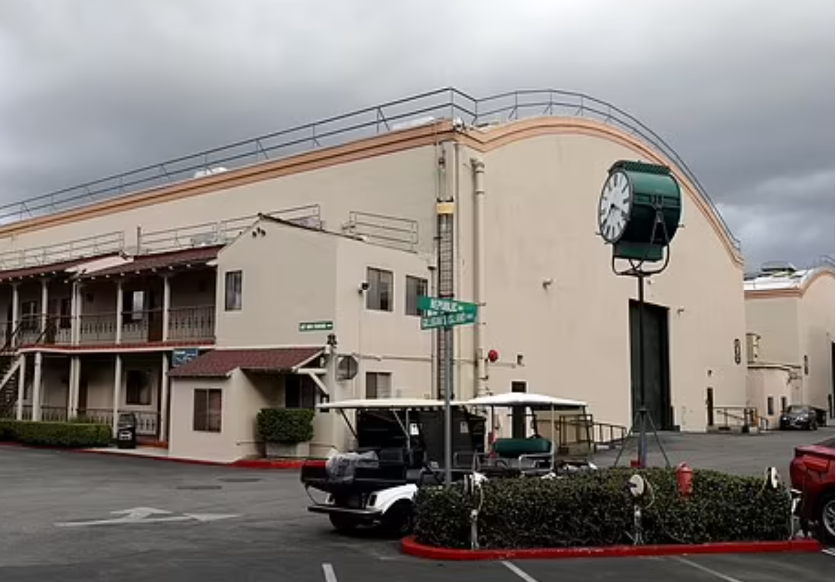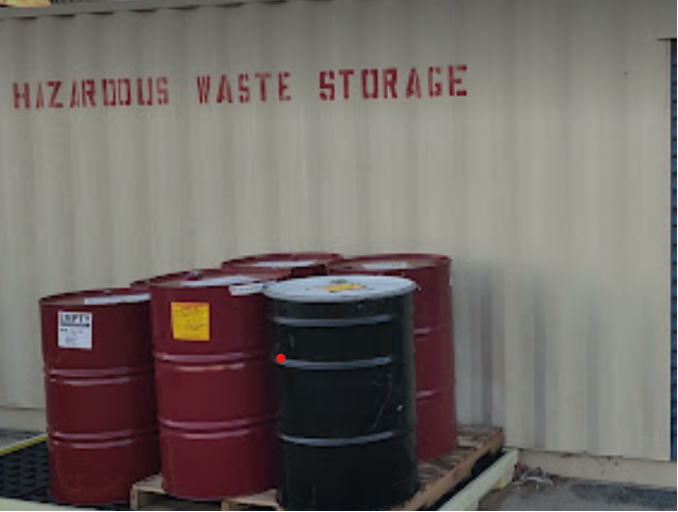Six Common Injury and Health Hazards to Focus on in the Workplace.
- Jamie Coker-Robertson
- Feb 8, 2024
- 4 min read
Protecting workers' health and safety is imperative regardless of their industry. A lack of recognition of hazardous conditions is responsible for many work-related injuries and health problems. Occupational hazards can vary from industry to industry and understanding what hazards you and your team members should be aware of at work is important. Some of the most common Injury and Health hazards to pay attention to in 2024 are listed below.
1. Electrical Hazards

A room with electrical control panels can only be accessed by essential personnel.
There is a considerable risk to employee health and safety when it comes to electrical work in the workplace. The risks are diverse and encompass issues such as blocked or unlabeled electrical panels, damaged power cords, daisy-chained power strips. Instances of electrical shocks and other injuries can arise from accidental contact with live wires or non-compliance with Lockout Tagout procedures.
There cannot be enough emphasis placed on the importance of comprehensive electrical safety training and awareness since negligence can increase the risk of electrical hazards. In one case, a 67-year-old woman died in a workplace accident after not de-energizing a meat processing machine before a needed inspection. As part of an unauthorized bypass of the safety interlocks, a clipboard was used to prevent a proximity sensor from detecting personnel. As a result of the clipboard being bumped and falling, an automatic door was activated, which caused the woman to be crushed.
Keeping electrical incidents from occurring requires employers to prioritize training, having solid procedures, and performing inspections.
2. Environmental Hazards

At a California oil pumping facility, environmental hazards are part of daily business.
Chemical vapors and exhaust fumes are just two examples of airborne hazards in the workplace. The dangers can also extend beyond the air, as contaminants and chemicals can be ingested, or absorbed through the skin. Other environmental or exposure hazards, such as unsafe noise levels, may negatively affect employees' well-being. Radiation, biological materials, and mist from work processes can further compound these risks, which require vigilant safety measures.
In 2023 approximately thirty workers inside a building instantly became ill after inhaling high concentrations of gas vapors from a neighboring job site with soil contamination. During soil excavation activities, wind carried gas vapors into the building's air conditioning system. Witnesses reported seeing workers run outside and vomit after the odors made them nauseous.
3. Equipment Operation and Maintenance

Safety interlocks are tested to ensure the pump fails to a safe condition.
It is highly dangerous to operate and maintain equipment without adequate machine guards or guarding devices. In the same way that improper lockout and tagout procedures can cause severe injuries, the absence of effective safeguards on machinery can do the same. A proper machine guard along with a stringent lockout and tagout protocol is crucial for employers to ensure safety of personnel and prevent accidents during equipment operation or maintenance.
Unguarded rotating parts of equipment operating at full speed are often difficult to see in many instances, causing workers to get too close and put themselves at risk of entanglement.
4. Slips, Trips, Falls

A Rigger fell from a catwalk to his death on 06, Feb 2024 during work at a Marvel movie set.
Wet or uneven surfaces, inadequate signage, obstructions, and cluttered walkways are often to blame for these incidents. Maintaining well-lit, dry, and clutter-free pathways, addressing spills promptly, and posting appropriate signage are all ways to prevent mishaps.
It is the employer's responsibility to make sure that workers are protected from falls when working at heights by using safety harnesses, lanyards, and lifelines. The equipment should be inspected regularly for wear and tear, and employees should be trained in its proper use and maintenance.
Additionally, employees should be educated in safe work practices, recognizing fall hazards, and the correct use of safety equipment. Regular refresher courses will reinforce awareness and ensure that workers stay updated on the latest safety protocols. One worker stated that he worked in the construction industry for 10 years before experiencing a fall that shattered both his body and his livelihood. Falls from height is the second-leading unintentional fatal workplace event.
5. Work Practice Controls

Crewmen review important details on a project with strict safety protocols.
Safe work practices are essential to eliminating workplace hazards. The key to preventing unsafe actions is to develop a wide variety of safety program documents that discourage unsafe acts like improper lifting techniques, incorrect tool usage, and the failure to wear appropriate safety equipment.
A Job Safety Analysis (JSA) is a great example of a written safe work standard that outlines job steps, potential hazards, and the steps to reduce or eliminate the hazards. A JSA written safe work standard serves as both a training tool and a way to consistently communicate safety protocols. Work Practice Controls add serious value to Employers' processes and are essential to preventing accidents. They also serve as a compliance tool.
6. Chemical Handling

Chemical drums are placed atop secondary containment temporarily.
Employers chemical handling in the workplace poses inherent risks, with common injuries and health hazards including sprains and strains, skin irritation, respiratory issues, and chemical burns. Exposure to toxic substances may also lead to long-term health complications. Improper storage and labeling of hazardous chemicals and gases can cause serious injury, illness, and death. must always have Safety Data Sheets (SDSs) available to employees as a point of reference.
Spill prevention measures and emergency response are also essential. During a routine inspection of an aerospace facility, the only access to one work area in a building was through a chemical storage area. The deficiency identified was that chemical vapors would trap workers inside if a drum or chemical spilled. Prior to this, the hazard had not been recognized. The employer took immediate action to relocate the products to a safer location.

Comments